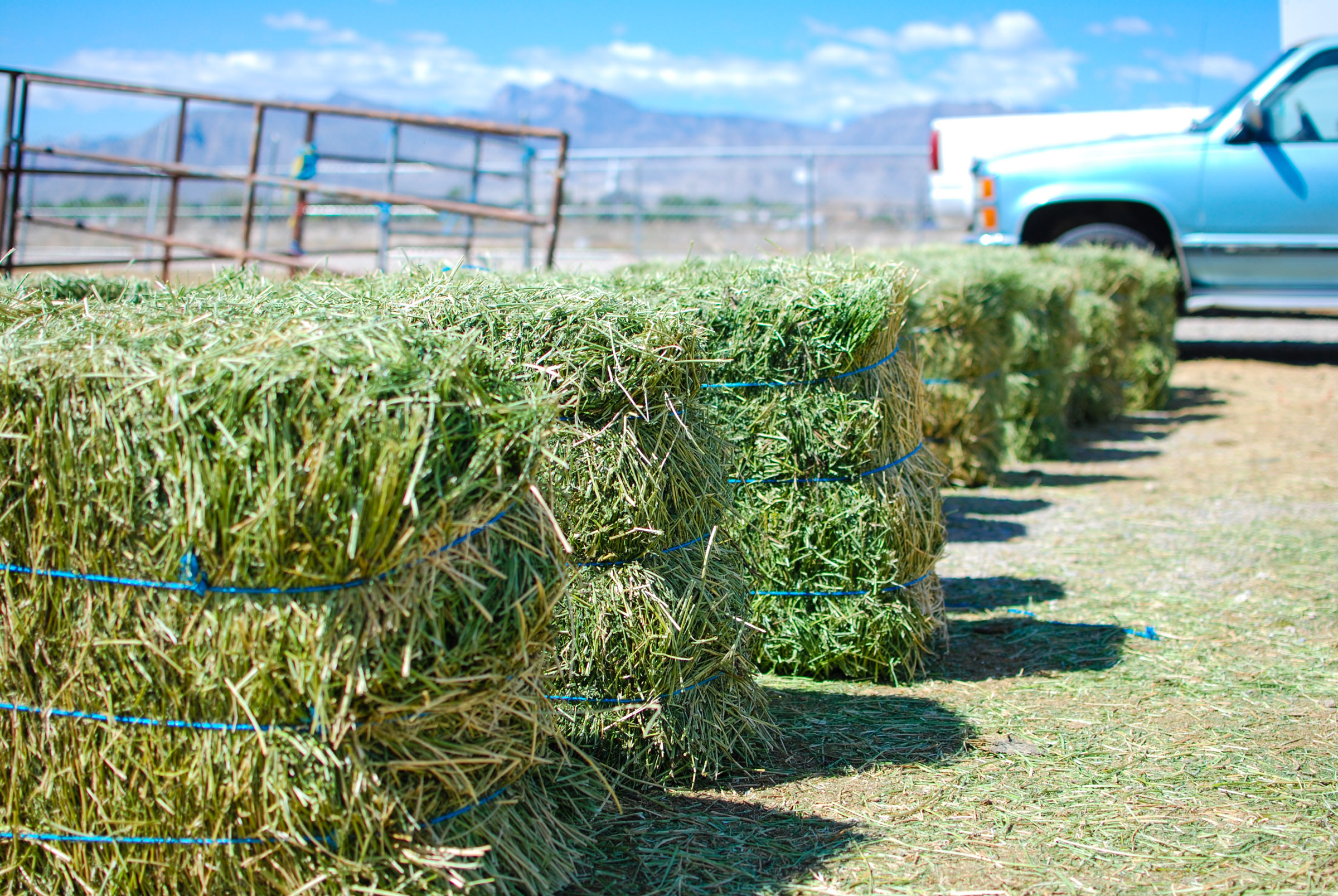
The weather last year, over the winter of 2018-2019, and the wet end of winter this year are causing hay prices to soar, according to several sources.
An article in Successful Farming noted that, “In Missouri, although horse farmers are screaming the most, due to a shortage of high-quality alfalfa, some cattle operators are already taking their animals to market due to a lack of hay to feed,” according to a Missouri Department of Agriculture spokesperson.
In fact, that article said that in some locations, hay prices have nearly doubled from last year.
With cattle and dairy markets scrambling to fill orders, horse owners might find quality hay becoming harder to come by and higher per ton or bale as we move into spring and first cuttings of 2019 hay.
According to an article in Hay & Forage Grower, “Given where the market currently stands and the hay stocks situation, it’s conceivable, maybe even likely, that the average alfalfa hay price could hit $200 per ton by spring. That hasn’t occurred since August 2014.”
The bottom line is that if you are worried about having enough hay stored to last until new hay crops and/or pasture grass arrives this spring, you should contact your hay broker/seller and make sure he/she will be able to provide you with the amount and type of hay that you need.
Editor’s note: On a personal note, if you have purchased hay that is stored with the broker because you lack the room or covered facilities at your farm, make sure that the hay you receive is the same hay you bought. I once purchased an entire winter’s worth of hay and paid to store it at the hay broker, then when I went to pick it up a few months later, the hay I had purchased had been sold and different (lesser quality) hay was standing in its place.
Be careful of purchasing lower-quality hay that might have been rained on or has been stored so that it has become moldy.
Hay & Forage Grower compiled a chart from USDA statistics on hay quantity, quality and price that you can find here.


